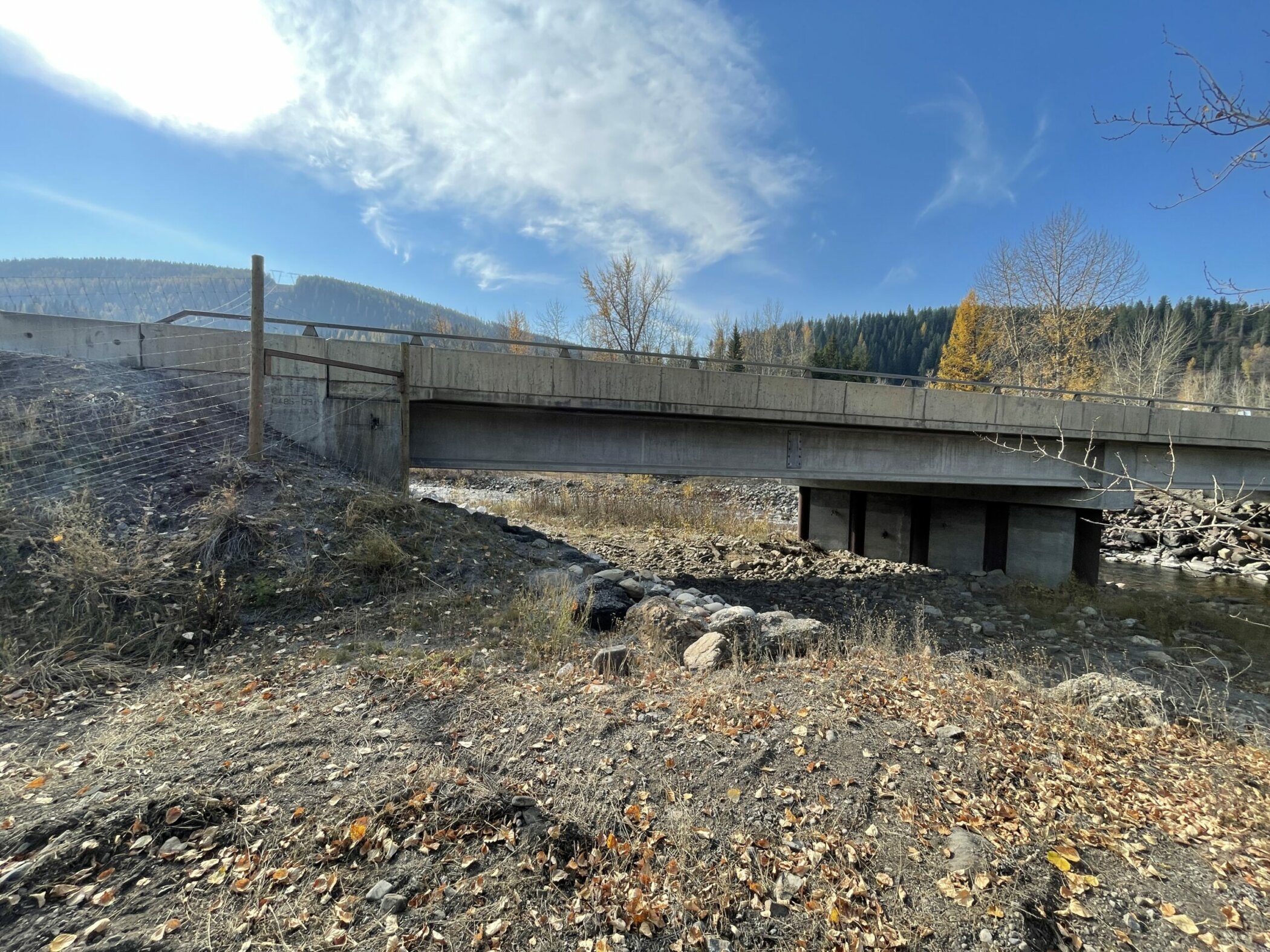Building safe passages in critical wildlife corridors
Highway 3 runs through a critical wildlife corridor in southeastern British Columbia connecting northern and southern populations of wildlife. Collisions between vehicles and wildlife pose serious threats to the safety of both humans and wildlife, and highways can severely impact wildlife connectivity and abundance. Building structures to allow wildlife to safely pass under and over highways, along with fencing to prevent crossings elsewhere, can reduce wildlife mortality by 80-100%.
A team of conservation and road ecology experts, the government of British Columbia, the Ktunaxa Nation, and local stakeholders recently came together around a multi-million dollar proposal, “Reconnecting the Rockies: BC”, to create nine wildlife crossings in the region. The team was guided by two reports (in 2010 and 2019) identifying priority areas for mitigation measures as well as data on wildlife deaths from RoadWatch BC, the provincial government, and research by Dr. Clayton Lamb on grizzly and elk movement. The BC Ministry of Transport invested $6.3M for the first wildlife crossing—a bridge replacement and engineered wildlife underpass—with work starting on the additional proposed sites (transforming current bridges into wildlife underpasses and fencing) in 2020.

